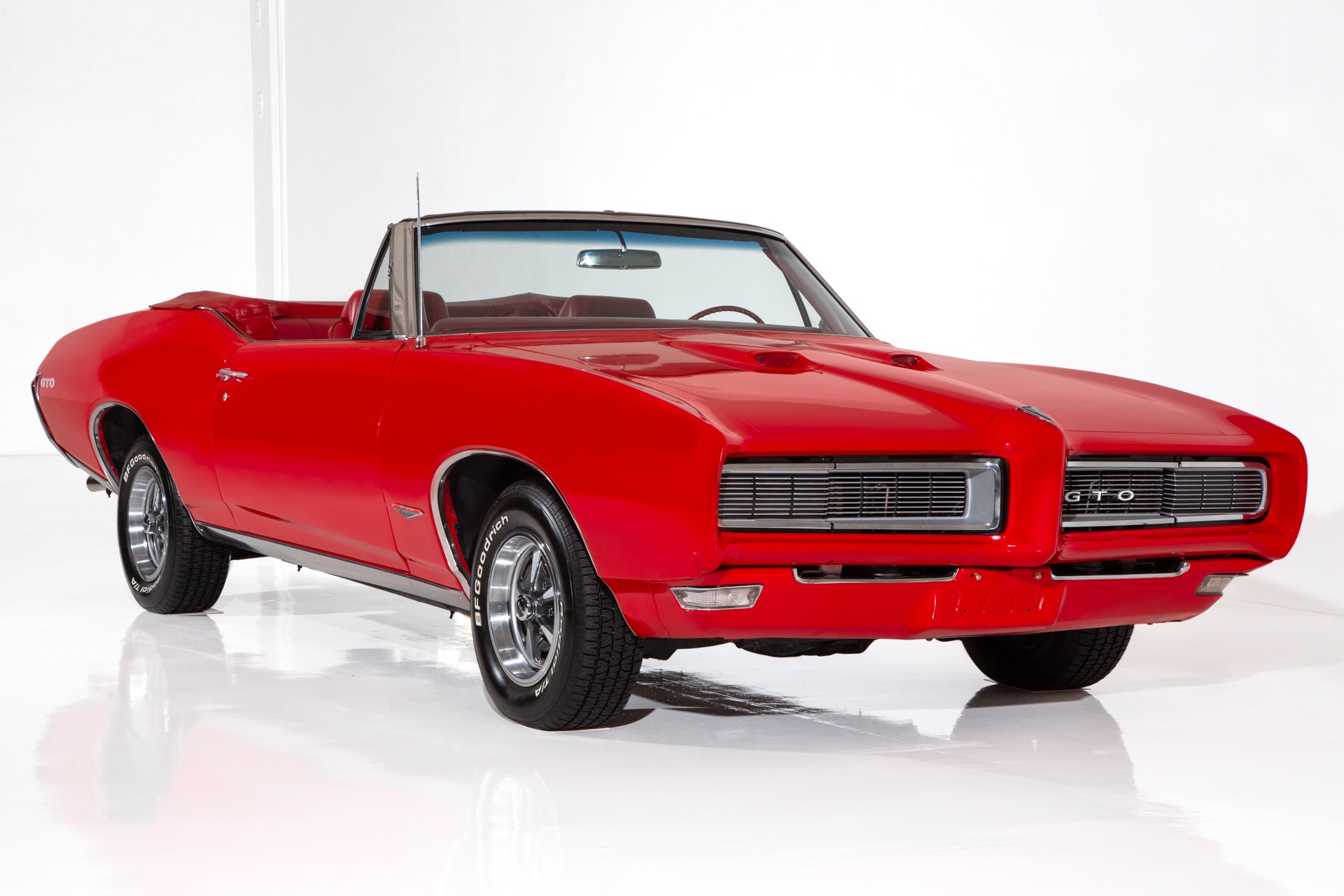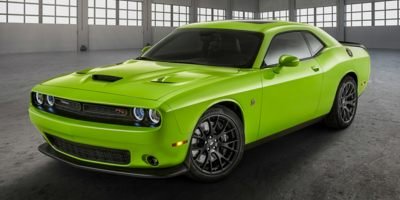
The huge displacement engines of the Detroit OEM's (previously known as The Big Three GM, Ford and Chrysler) were the catalyst for the rise in muscle car mania. Then, during the mid-1960s, a Japanese and German invasion was underway. These car manufacturers included Daimler, Volkswagen, and Toyota, while Japanese carmakers included Nissan, Mazda, and Mitsubishi. This invasion gave birth to the first truly American muscle cars.
1970 Chevrolet Chevelle SS 454 LS6
One of the best examples of a modern muscle car is the LS6 engine found in the 1970 Chevrolet Chevelle. GM rated the LS6 at 450 horses, but real-world figures place the figure closer to 500. The LS6 engine has a huge torque curve that is unmatched by any other horsepower rating. It was admired by drivers throughout history. Large-inch motors have a huge torque curve that can destroy tires. The Chevelle LS6 was a true beast on the track.
During the horsepower wars between the 1960s and 1970s, the LS6 was the engine that won the day. The secret weapon of the 1970 muscle car war was the Chevrolet Chevelle SS454 LS6 engine. The big engine in the Ford 428 Cobra Jet, Chrysler's 440 wedge, and Dodge 426 Hemi was a big one, but the LS6 option was only available for a single model year, 1970. Buick also offered a 455-cubic-inch (7.46-L) engine in its 1970s.

1970 Plymouth Duster
The performance-oriented, compact 1970 Plymouth Duster was a muscle car that put bigger cars to shame. This compact car boasted a 340 cubic-inch V8 as well as a sporty and powerful hood. Its front end sheetmet and hood scoop were very similar to the Valiant. However, it was distinguished with its cowlback design. In 1970, Duster models started at $2,172, and the car was available as a two-door coupe or sedan.
The Plymouth Valiant’s flagship, the duster, was the iconic product. It was introduced for 1970's model year and was sold for seven more years. The 340 cubic-inch V-8, which produced 275 horsepower, was the most powerful. Two slant sixes were available, as well as a 318-cubic inch V-8. The Plymouth, a sporty brand, was the most popular in 1970. Despite its affordability, many buyers loved this duster's performance.
1970 Coronet Super Bee
With its iconic look and unstoppable horsepower, the 1970 Coronet Super Bee remains one of the most recognizable cars of all times. This Dodge muscle car not only has stunning looks but it also has an amazing restoration that is impeccable and detailed. Future Classics can help you realize your dream of owning one these iconic cars. The restoration process can be started by our team of experts.
This iconic muscle car was part the Scat Pack. Its nose design was completely restyled, and its base price was reduced to $3074. The car's color choices, like Panther Pink and Red, were created to have maximum impact. This particular color was rare as only a handful were ever used. Despite its unique design, sales fell in 1970.

1970 Pontiac Trans Am SD-455
The 1970 Pontiac Trans Am muscle car is one of the most sexiest. The supercharged fourcylinder engine produced 290 horsepower (270 PS) making it the first car to offer such high compression ratios. Pontiac engineers spent the summer developing the engine, which became the basis of their SD-455 muscle car. Despite the high compression ratio, only 290 horsepower was produced by this car.
In spring 1977, a 16-year old car enthusiast found a survivor with a 36K mile mileage. The Trans Am was first American car with a sticker on the hood and was later driven by an extensive list of A-list celebrities. Burt Reynolds, who owned a Trans Am and drove the car on many of his movie sets, is perhaps most famous. It's easy for us to understand why the Trans Am is the "Screaming Chicken".
FAQ
How can I prepare myself for a mechanic apprenticeship
It is essential to understand what you are getting into. It is important to know the basics of how cars work. This will help you to plan your first day in the garage.
It is also important to be able to fix small problems like broken lights or tires.
These lessons will help you to identify and fix problems.
To put the pieces back together, you will also need to understand how they fit together.
Finally, be proficient in using tools safely and efficiently.
All these things will help you to become a competent mechanic.
What qualifications do you need to be a truck-mechanic?
While you may not have the formal qualifications to perform this job, your skills are well-rounded in working on engines and trucks. Your experience is invaluable as you know how to diagnose problems quickly and efficiently.
A solid understanding of diesel technology is also a plus. This will help you understand the components that are needed to fix our vehicles.
What is the difference?
They are both similar, but not identical. Both a mechanic and an automotive technician can repair cars.
A mechanic must be skilled in manual dexterity and able to complete simple tasks quickly. They must also be able to diagnose problems accurately and repair them effectively.
An automotive technician must be more technically proficient than a mechanic. They must be able to read blueprints and use tools such as drills and wrenches.
They must also be able to carry out complex procedures safely. They must be familiar with all types of electrical and engine systems.
They must also be capable of understanding how parts interact.
The result is that a mechanic often earns less than an auto technician. Both jobs offer many possibilities.
Is it hard to get a job working as an auto mechanic?
Yes, it's possible. Garages often advertise their jobs online and people just apply because it seems fun. Try applying to a few jobs and seeing if the garages accept student applications. Another option is to ask family members and friends if anyone works in this industry. You might be able to refer someone.
What are the different types of jobs available in car mechanic?
There are three main areas of employment for car mechanics:
-
Automotive repair shops
-
Dealerships
-
Independent garages
Automotive repair shops
This is where most people consider becoming a mechanic. It's actually the easiest way to start. You have two options: work in an existing shop or open your own.
If you decide to work at a shop, you'll need to apply to join a union. After you are accepted to the union, you will receive training from it.
Once the training is completed, you can start working.
If you decide to open your own garage, you'll need to register with the government. You'll need to meet certain standards after you register.
When you've registered, you'll be given a license to operate your garage.
Your license will allow you to sell spare parts and do minor repairs. It will not permit you to fix major engine issues.
You will be expected to sell spare parts and also offer guidance and advice to customers.
Dealership jobs
Most dealerships employ mechanics that specialize in one aspect of the vehicle. For example, they might only deal with brakes or only replace tires.
Some dealerships have the option to hire general mechanics who can take care of all aspects.
Some positions require that applicants complete training before they can be allowed to work. Employers can then choose the best candidates for their job.
Some dealerships recruit students right out of school. These graduates already have a basic understanding of mechanical engineering, so they are able to learn all about cars.
Independent garages
Independent garages don't belong to any particular dealership. They are more focused on providing top-quality service.
Because independent garages aren't affiliated with any company, they can afford to pay higher wages. These jobs generally pay better than those at dealerships.
But this doesn't mean that independent garages are necessarily better places to work. Many owners prefer to run their businesses themselves rather than delegate responsibility to employees.
You might find yourself working long hours but having no control over what happens in the day.
Also, expect to make lower wages than if your job was at a dealership.
The good news is that you can easily switch between different kinds of jobs. You can switch jobs easily if you are interested in working at a dealership. Simply ask your employer if they would be open to hiring you as a mechanic.
Alternativly, you can apply directly to the garage owner if you are interested in working at an independent garage.
It's not always easy to find a job. There are many other factors that can influence your earnings.
For example, the type of vehicle you repair and whether you charge extra for labor.
Statistics
- According to the BLS, the median annual salary for automotive service technicians and mechanics in the United States was $44,050 in May 2020. (uti.edu)
- There were 749,900 jobs available for automotive service technicians and mechanics in 2016, which is expected to grow by six percent through 2026. (jobhero.com)
- The U.S. Bureau of Labor Statistics (BLS) reports that the job outlook for automotive service technicians and mechanics is expected to decline by 4% from 2019 to 2029. (indeed.com)
External Links
How To
How to diagnose your vehicle properly for repair
Before you can determine if your car requires repairs, it's important to first analyze the symptoms. You can then follow these steps for a proper diagnosis of your vehicle.
-
Check engine lights. Check the dashboard light indicators such as the engine light indicator, the oil pressure gauge, the battery light indicator, the coolant temperature gauge, and the RPM gauge. If any of these indicators have been flashing continuously for several days it could mean that there is something wrong with your vehicle.
-
Pay attention to the treads on your tires. Tires with worn treads could cause problems when handling or braking. You should inspect the treads on your wheel. You should ensure that they are clean and smooth. To do this, remove the wheels and take them out. Check the tread condition with a flashlight.
-
Check the level of brake fluid. It is important to keep track of how much brake fluid you have in your car. This will ensure your brakes function properly. Your brakes may fail if the brake fluid level drops.
-
Make sure to test the suspension system. It is common for vehicles to have a suspension system which absorbs shocks or vibrations. It allows for better control, smooth acceleration, and deceleration. Your vehicle might feel wobbly, or shake uncontrollably if it has a bad suspension. To test whether your vehicle has a suspension issue, try putting weight on the front or rear axle and observe the movement.
-
Examine the steering column. Steering columns are used to connect the steering wheel to the rest of the vehicle's components. Steering columns can be damaged by accidents. You should replace your steering column if it feels loose or unstable.
-
Pay close attention to the exhaust tube. The exhaust pipe helps move gases from a combustion chamber into the atmosphere. You can let harmful fumes into your home if your exhaust pipes crack or leak. Additionally, your tailpipe should be fixed immediately if it is bent.
-
Check under the hood. Check under your hood for any unusual or missing components. Your engine could be leaking fluids. You should also contact a professional technician if there is an unusual odor coming from the engine compartment.
-
Check the air filter. The outside environment can collect dust and other debris in your vehicle's air filters. A dirty filter can lead to a poor vehicle's performance. Replace your air filter regularly.
-
Verify the fan belt. The fan belt is the link between the engine and the transmission. If it breaks, the engine won't turn over. It is very easy to replace your belt. All you need to replace the belt is a screwdriver with pliers.
-
You should inspect the radiator and hoses. The radiator hose transports water from radiator to engine. It can cause hot liquid to leak onto the engine if it is damaged or cracked. You only need a pair of needle-nose pliers and a small wire brush to repair the hose.
-
The windshield wipers should be checked. Windshield wipers use electricity to clean away snow and rain. If they stop working, they could leave streaks on your window glass. The solution is to change the washer fluid.
-
The battery cables should be checked. The batteries provide power to the electrical systems within your car. Make sure you disconnect the negative cable before replacing batteries. Failure to do so can damage your alternator.
-
Be sure to check your headlights. Headlights illuminate the road ahead of you. Bad visibility can be caused by headlights that don't work correctly. You can check the bulbs to make sure they aren't burned out.
-
Make sure you have your lights on. When you approach them at night, the lights warn other drivers. It could cause distraction and even lead to an accident if it doesn't work.
-
Check the brakes. Brakes will reduce the speed of your car in case of an accident. If the brakes fail to work correctly, your car could lose control and collide with another vehicle.
-
Change the oil. The oilkeeps your engine lubricated. It helps prevent metal parts from wearing out too quickly. It is recommended that the oil be changed every other month.